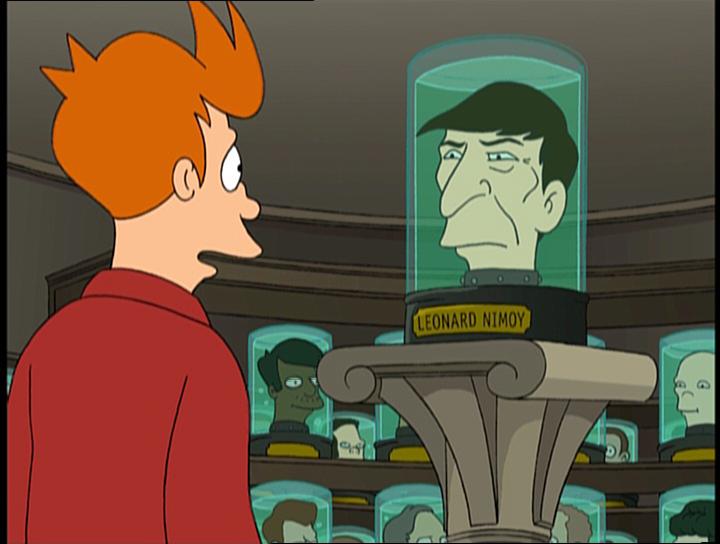From “Endless Fun,” neuroscientist Michael Graziano’s excellent Aeon article about the implications, many worrisome, of immortality through computer uploading, which sidesteps cryogenics and its frozen heads and gets to the essence beneath–the brain’s data:
“Imagine a future in which your mind never dies. When your body begins to fail, a machine scans your brain in enough detail to capture its unique wiring. A computer system uses that data to simulate your brain. It won’t need to replicate every last detail. Like the phonograph, it will strip away the irrelevant physical structures, leaving only the essence of the patterns. And then there is a second you, with your memories, your emotions, your way of thinking and making decisions, translated onto computer hardware as easily as we copy a text file these days.
That second version of you could live in a simulated world and hardly know the difference. You could walk around a simulated city street, feel a cool breeze, eat at a café, talk to other simulated people, play games, watch movies, enjoy yourself. Pain and disease would be programmed out of existence. If you’re still interested in the world outside your simulated playground, you could Skype yourself into board meetings or family Christmas dinners.
This vision of a virtual-reality afterlife, sometimes called ‘uploading’, entered the popular imagination via the short story ‘The Tunnel Under the World’ (1955) by the American science-fiction writer Frederik Pohl, though it also got a big boost from the movie Tron (1982). Then The Matrix (1999) introduced the mainstream public to the idea of a simulated reality, albeit one into which real brains were jacked. More recently, these ideas have caught on outside fiction. The Russian multimillionaire Dmitry Itskov made the news by proposing to transfer his mind into a robot, thereby achieving immortality. Only a few months ago, the British physicist Stephen Hawking speculated that a computer-simulated afterlife might become technologically feasible.”
Tags: Michael Graziano

